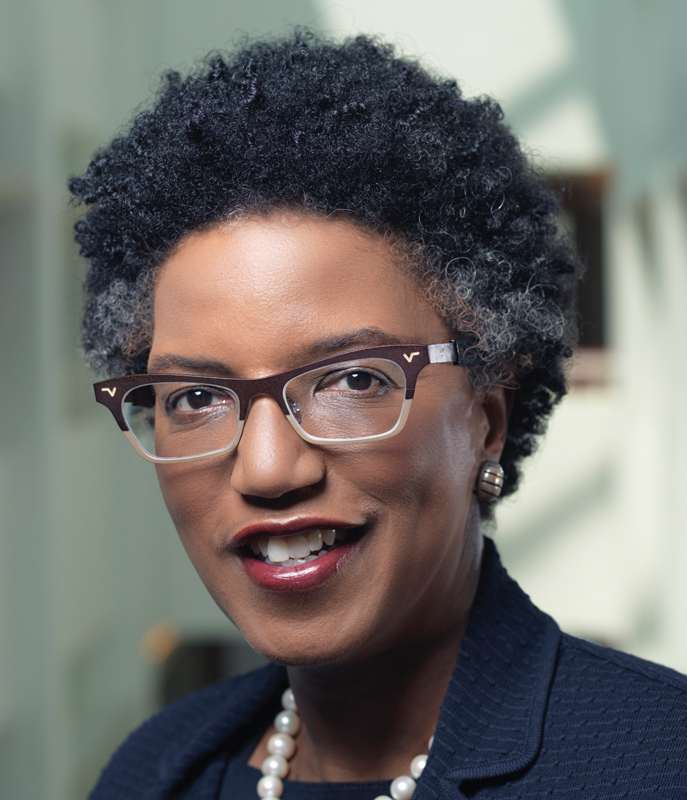“When you become more credible, you get a right to have a stretch assignment. Your network grows. People are attracted to work with you and be with you.”
Building Diversity: Part 2 of 3
Most recent data from the U.S. Bureau of Labor indicates that senior management in the U.S. remains overwhelmingly White. Specifically, the bureau reports that 88% of chief executives are White, 4% are Black or African American, 5% are Asian, and 11% are Hispanic or Latino.
Research shows that minorities are typically promoted to middle-upper ranks of leadership later than their majority peers, and many minority managers plateau if they don’t get the opportunities they need to prove themselves fit for the executive level (Source: Thomas and Gabarro).

According to Dr. Linda Hill, founding partner at Paradox Strategies and head of the Leadership Initiative at Harvard Business School, their years of research have revealed 6 career boosters managers need to experience that minorities and underrepresented groups typically miss out on. Each is critical for developing their fitness for upper-level roles:
- Opportunities to broaden beyond a narrow specialty
- Acquisition of new and more powerful sponsors and mentors
- Stellar performance in one or more high-visibility (strategic) assignments
- Deepening level of commitment to career and organization
- Effective integration of personal and professional identity
- More rapid upward mobility
Listen in as Dr. Hill talks about how managers become “stars” during a recent workshop session of Stars Are Made Not Born: The Meritocracy Myth.
Establishing the perception of credibility needed for bigger “stretch assignments” (audio 01:25)
The 3 characteristics of a “stretch assignment” (audio 01:18)
Building diversity, equity, and inclusion with Paradox Strategies
Dr. Hill is a founding partner at Paradox Strategies and a professor at Harvard Business School, where she chairs the Leadership Initiative. She advises organizations and Fortune 500 companies on how to take a strategic approach to nurturing individual differences to unleash an organization’s full potential.

“In an ideal world, when your network grows, if you’re the person who’s in the center of the network, you’re the person who can connect the two sides, the different worlds, different geographies, different products, different services.
